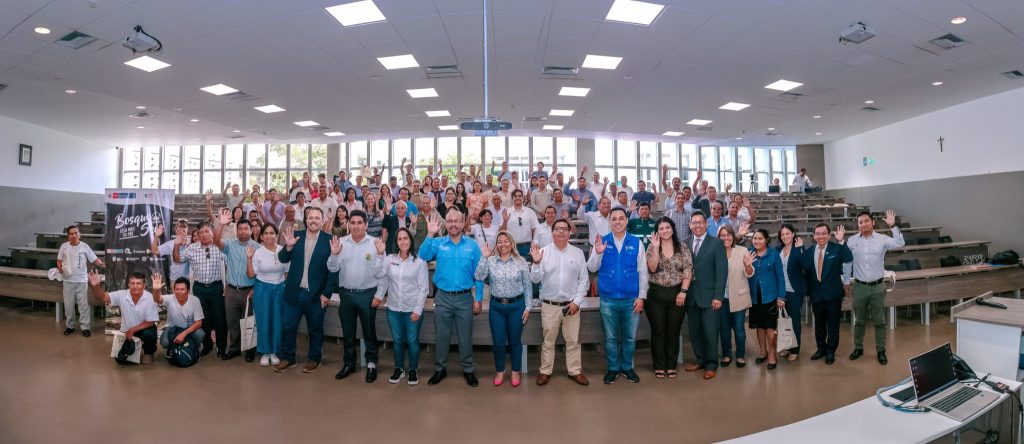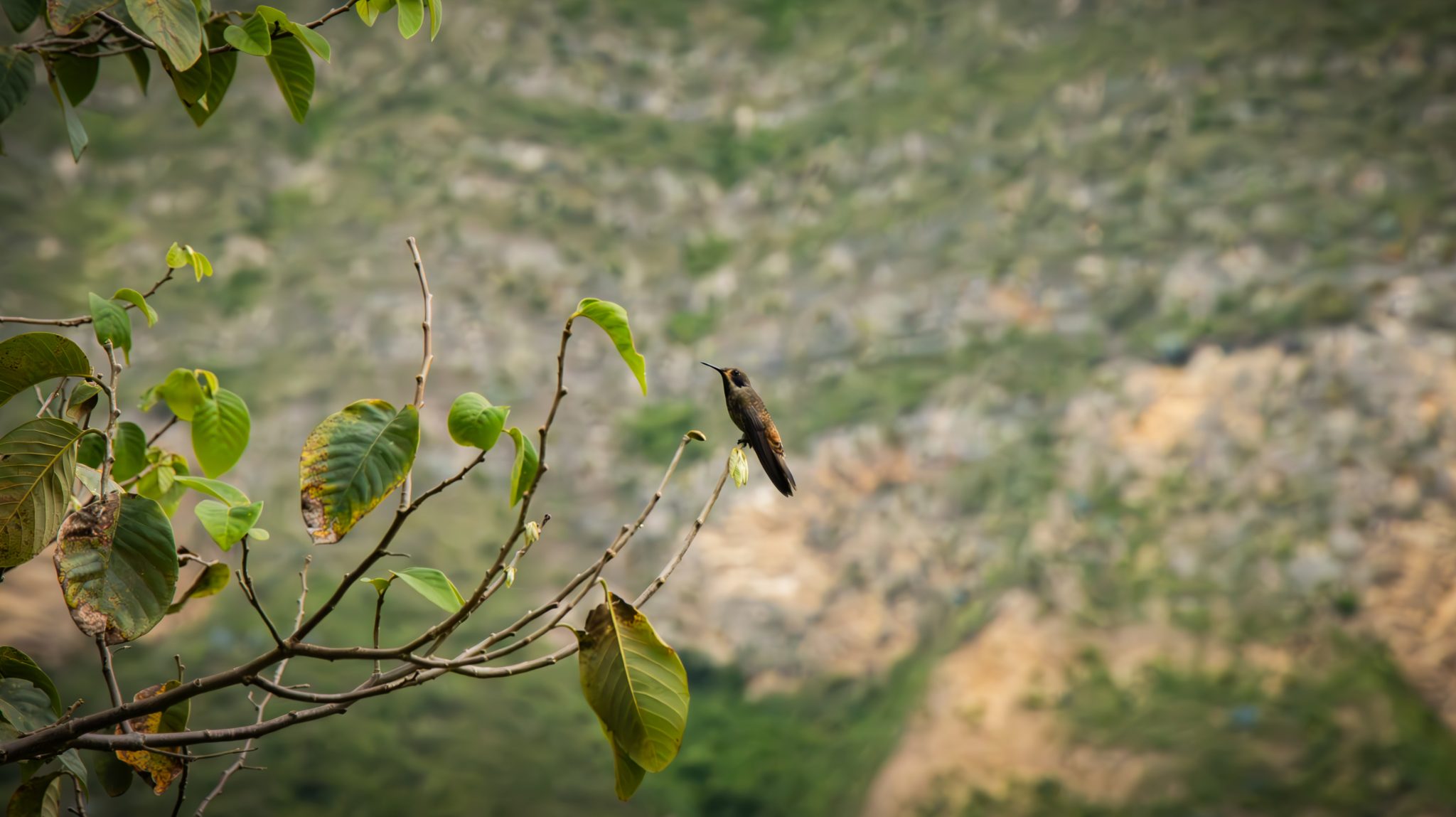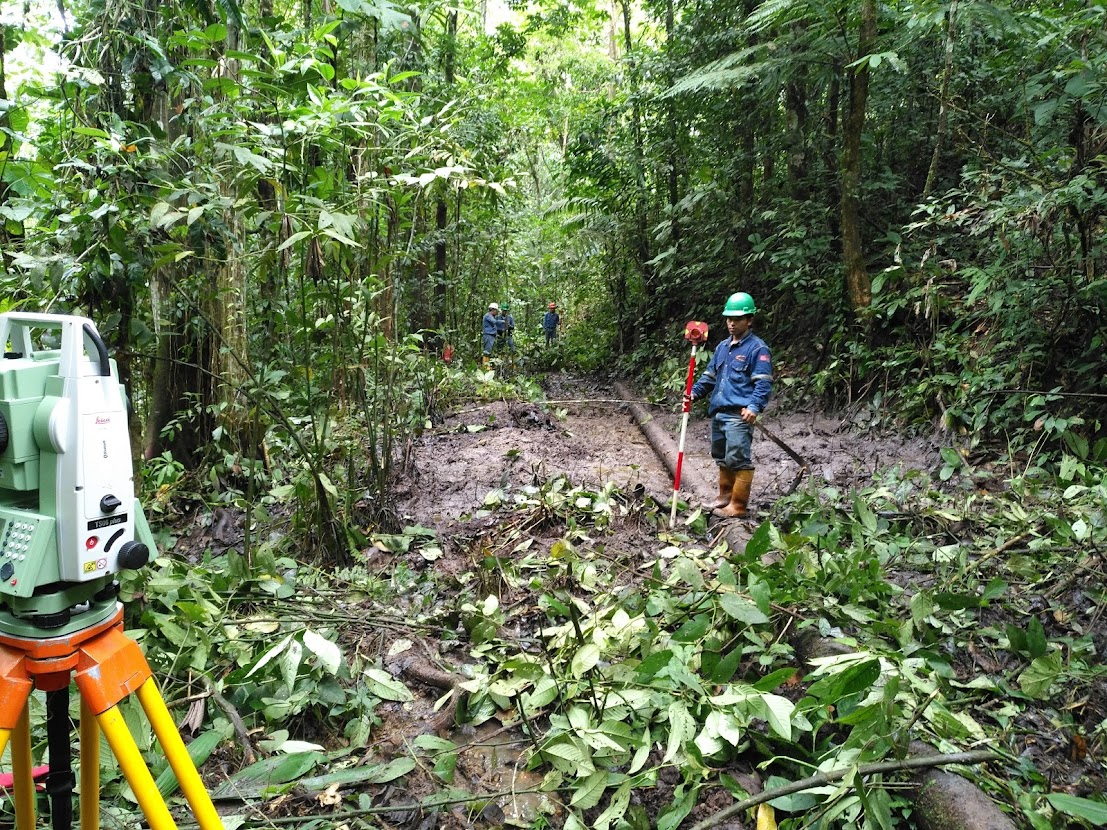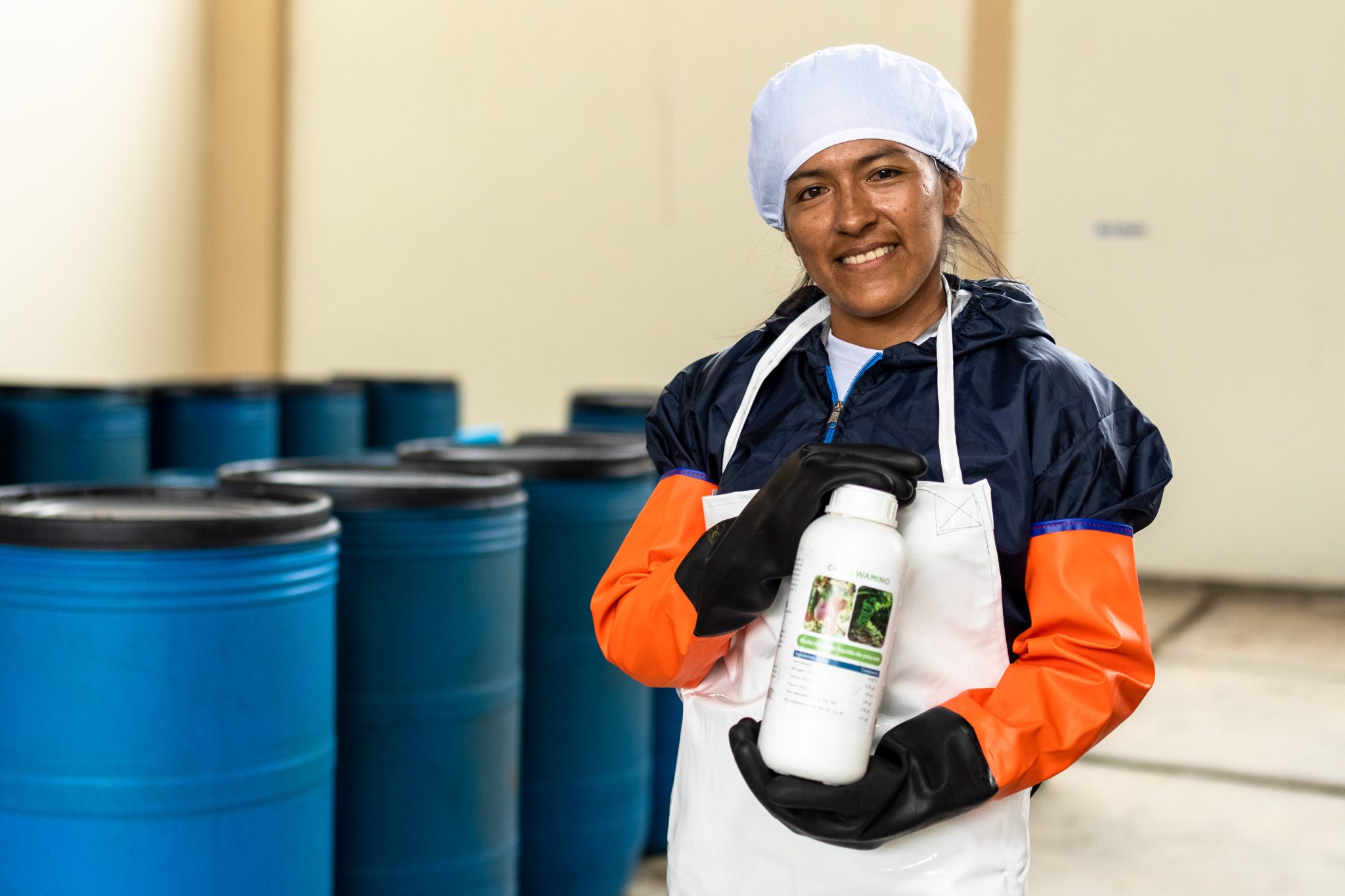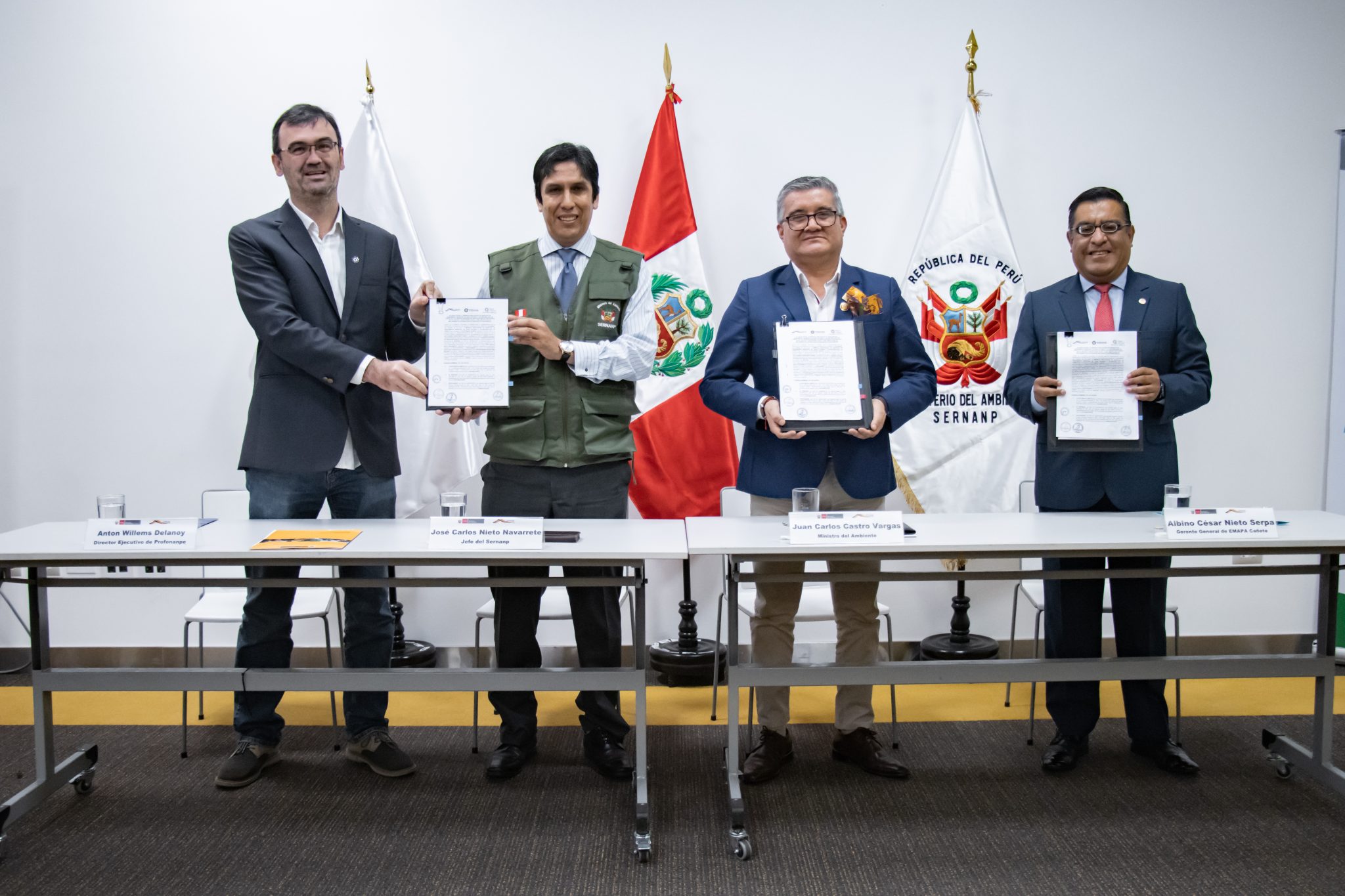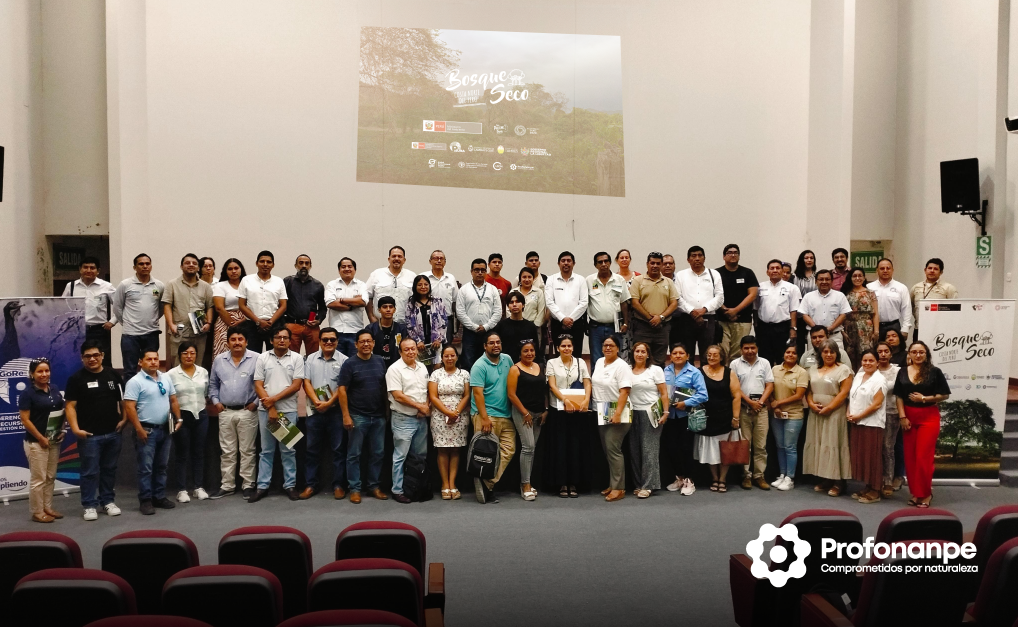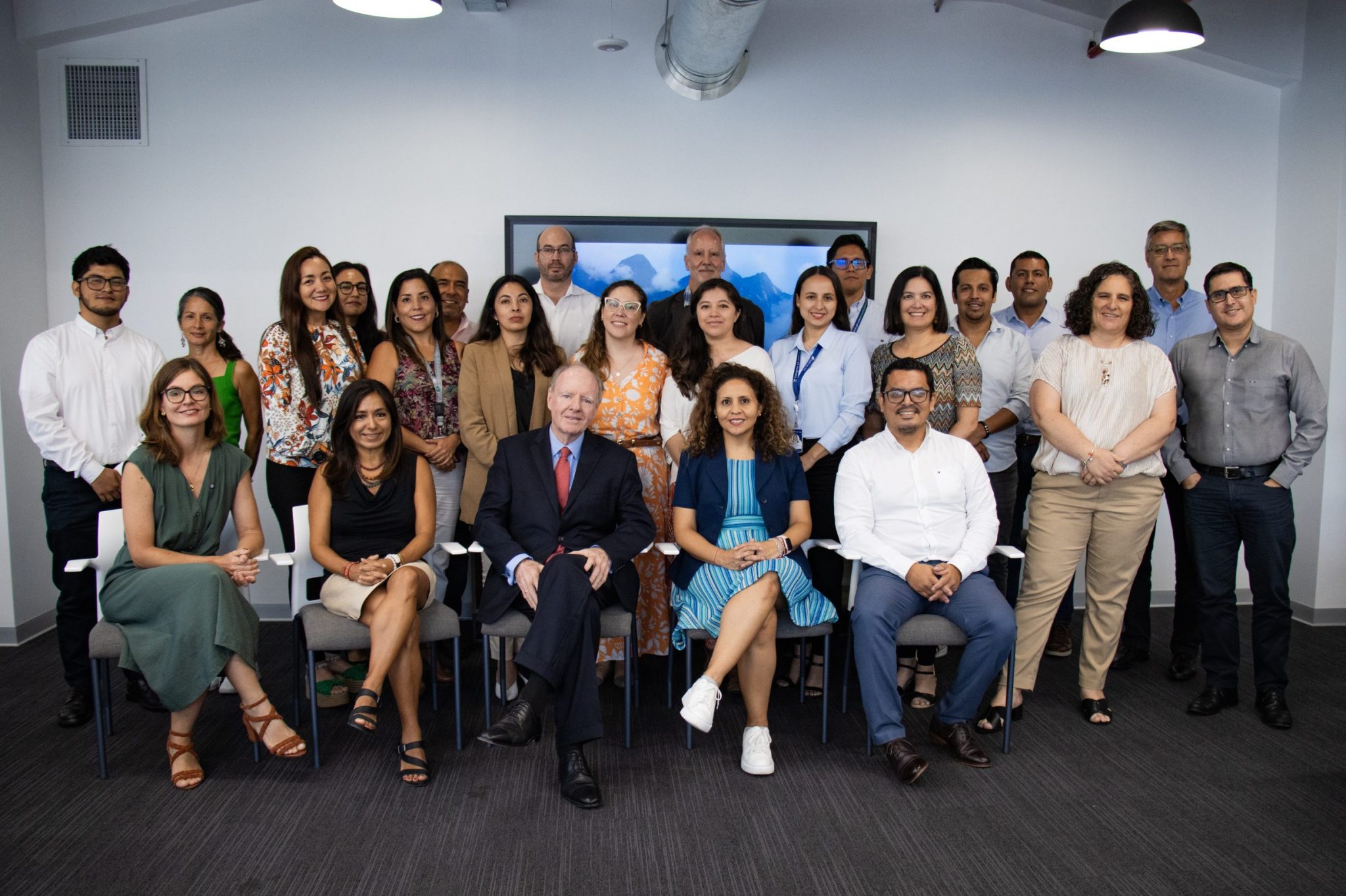Piura, December 2023. In order to strengthen the resilience of rural communities in the north of the country in the face of climate change, the “Dry Forest of the Northern Coast of Peru” project was presented, an initiative that seeks to restore and sustainably manage the dry forests of the northern coast of Peru, in the regions of Piura, Tumbes, Lambayeque and La Libertad. Being fundamental ecosystems for mitigating the effects of climate change, dry forests are also threatened by anthropogenic activities, which to date have degraded 95% of this ecosystem in Peru.
The initiative is led by the Ministry of Environment – MINAM and will be implemented over a period of 4 years, with the support of the Ministry of Agrarian Development and Irrigation and financing from the Global Environment Facility (GEF). It is supported by implementing agencies such as the Food and Agriculture Organization of the United Nations (FAO) and the International Union for Conservation of Nature (IUCN). Profonanpe, Peru’s environmental fund, acts as the project’s operational partner, thus contributing to strengthening the connectivity and resilience of dry forests.
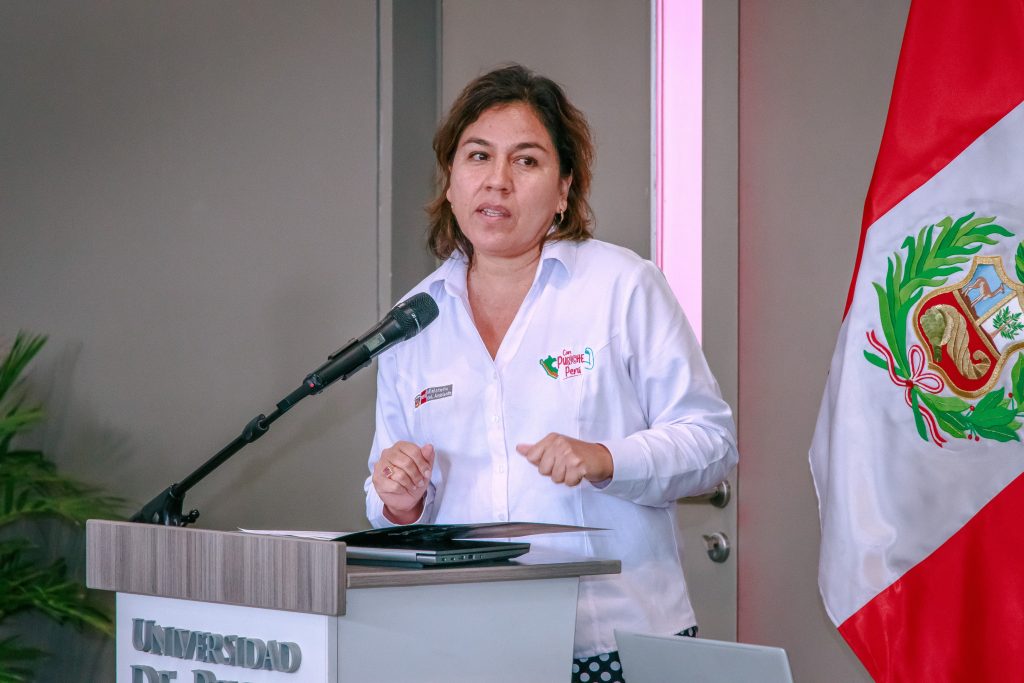
“We want to give continuity to many of the activities and objectives of projects associated with the care of the carob tree, developed in the north of the country, as well as complement the management of regional governments involved in the dry forest. Having a landscape and connectivity perspective will allow us to conserve the biodiversity of a particular forest that offers great biodiversity,” said Mariela Cánepa, Vice Minister of Strategic Development of Natural Resources of the Ministry of the Environment.
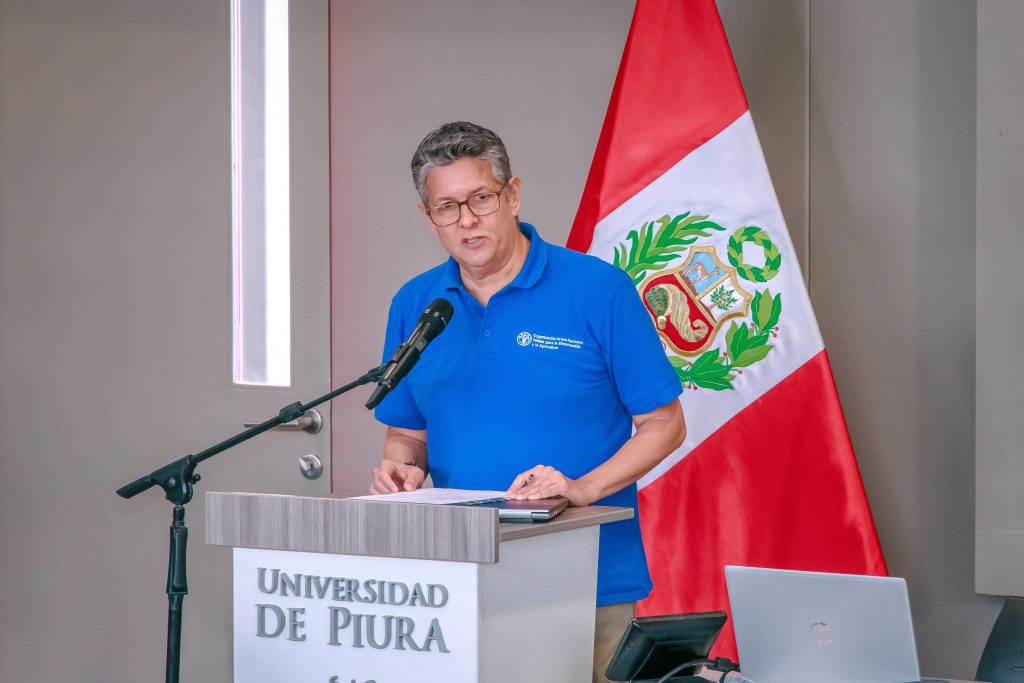
Enrique Román, FAO assistant representative in Peru and leader of the project’s implementing agencies, said: “In the last 35 years, the regions of Piura, La Libertad, Lambayeque and Tumbes have registered a loss of more than 298,000 hectares of dry forest, all due to deforestation. Today, through this project, we join the effort to combat threats such as deforestation and land degradation. We cannot underestimate the importance of this ecosystem, as it is home to a large number of native species with biodiversity importance.”
The Bosque Seco (Dry Forest) project is being announced in a context in which the climate crisis is greatly affecting the northern region of Peru. It is estimated that by 2024, the impacts of the El Niño phenomenon will increase river flows on the northern coast, surpassing records never seen before, affecting agricultural production and, therefore, the economic livelihood of the rural communities in this area of the country.
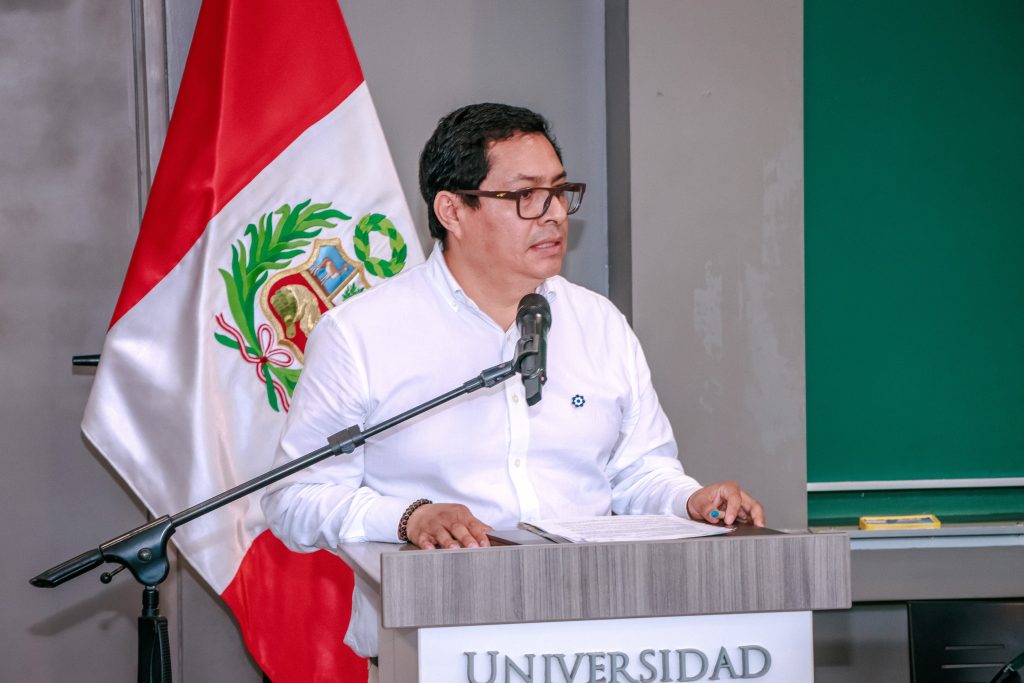
“Globally, we are in the midst of a climate crisis, the consequences of which are growing every day and therefore prompt action is urgently needed from all sectors. Efforts to mitigate and adapt to climate change are not enough; therefore, it fills us with optimism to take on the challenge of announcing this project to conserve and recover the biodiversity of the dry forests of the northern coast of Peru. This is a key action for the national environmental agenda,” said Omar Corilloclla, Director of Monitoring and Evaluation at Profonanpe.
“Dry Forests of the Northern Coast of Peru” has a total budget of USD 65,500,012.42, distributed between the GEF donation (USD 7,666,491.00) and the contribution of various national and international entities as counterpart (USD 57,833,521.42); it will have a direct intervention area, focused and divided into six (6) large corridors that include the presence of Regional Conservation Areas (RCA), managed by the Regional Governments of Piura, Tumbes, Lambayeque and La Libertad; and Natural Protected Areas managed by SERNANP, key actors for the project.
Likewise, it will be executed through four interrelated components:
- Governance with a multi-sector, multi-level and multi-stakeholder approach for sustainable development.
- Ecological connectivity of dry forests and restoration through effective management and financial sustainability of conservation areas and buffer zones.
- Sustainable production practices for the conservation of natural heritage.
- Knowledge management, monitoring and evaluation.
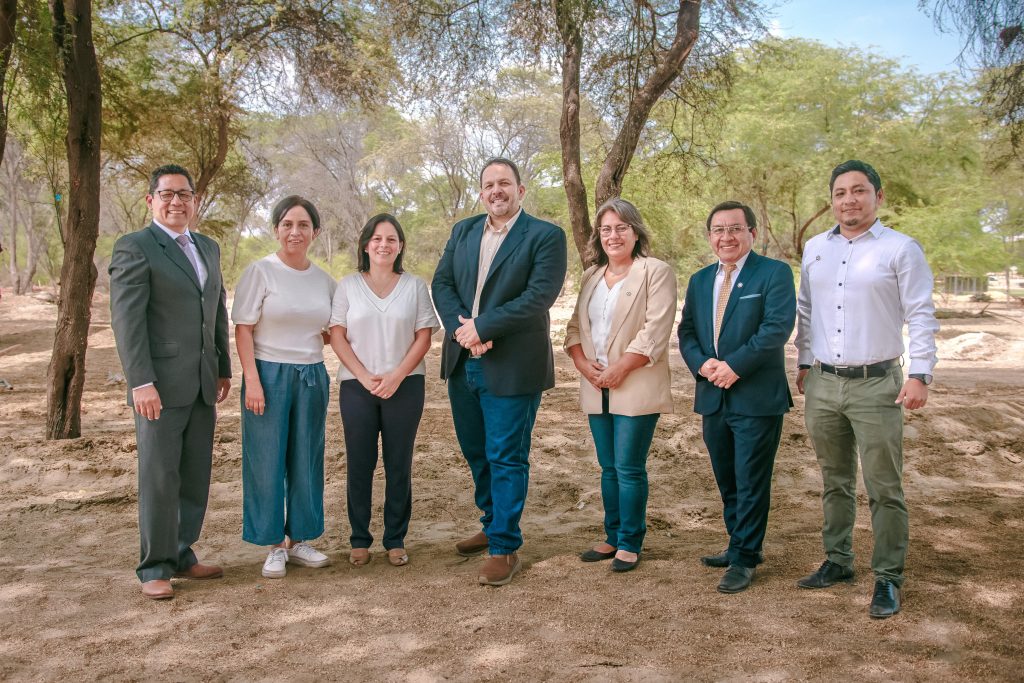
“The dry forest of Peru’s northern coast plays a crucial role in climate change adaptation and mitigation and is home to diverse species of biodiversity. It is also essential for 2.6 million families, the vast majority of whom live in low levels of poverty and depend on this ecosystem as their main livelihood. We have identified that there are 190,000 inhabitants engaged in agricultural activities, small-scale agroindustry and ecotourism. However, the dry forests are under anthropogenic pressure, resulting in the loss of their biological diversity and land degradation,” highlighted Sergio Lazo, Technical Coordinator of the project.
During the meeting, the next steps to be taken in the initial stage of implementation were also highlighted. It is worth noting that the preliminary Annual Operating Plan (AOP) for the months of January to March 2024 was approved at a meeting of the Project Steering Committee held prior to the event. The Board of the Project Steering Committee is comprised of the Ministries of Environment and Agriculture, implementing agencies, regional governments and key partners.
For more information, visit the project website here.


